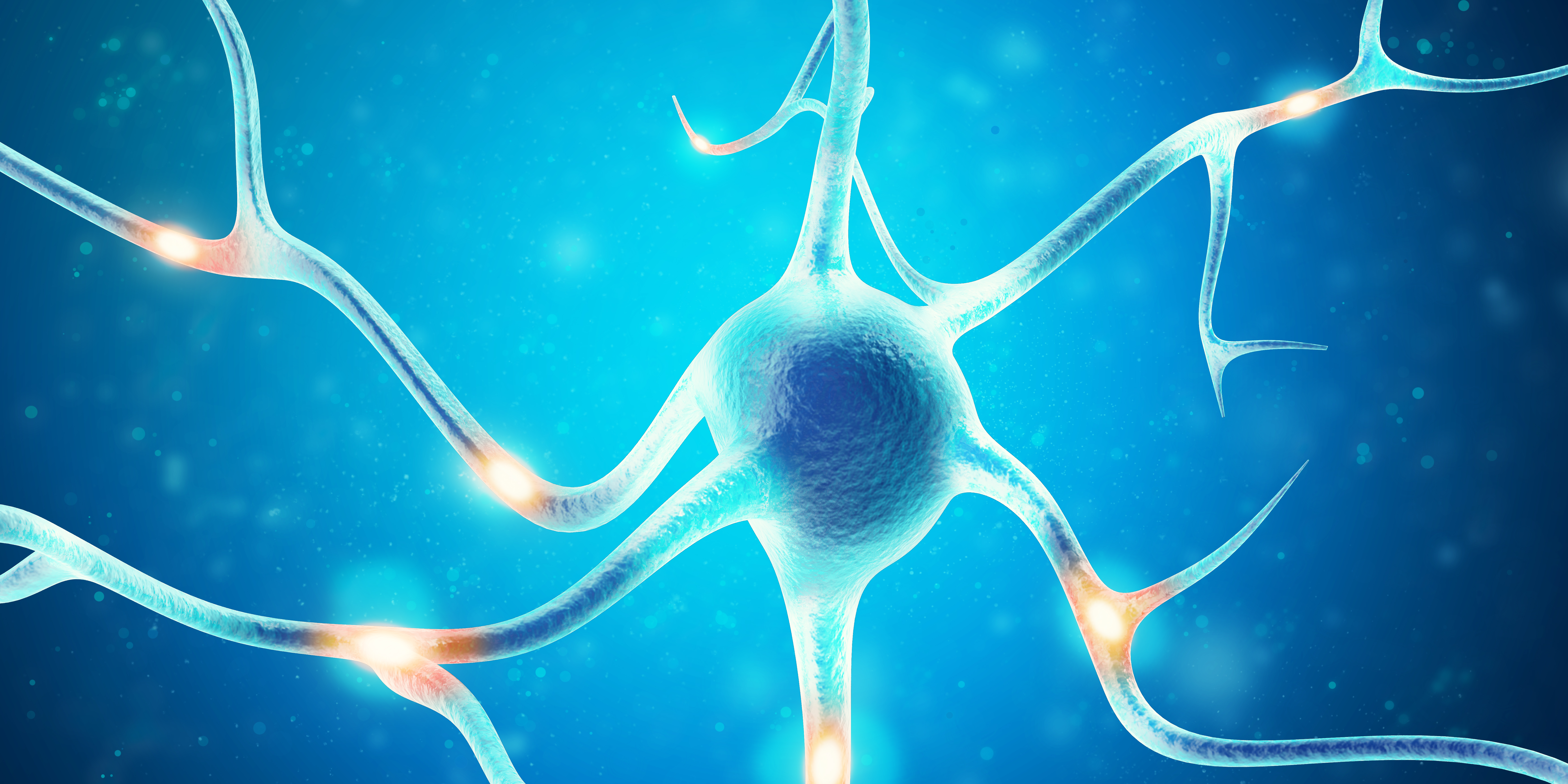“There’s been lots of positive work looking at not only improving symptomatic treatments, but also in exploration of disease modifying treatments for Parkinson’s disease over the last year”. Those were the concluding remarks by Thomas Foltynie, University College London, in a session at MDS covering recent clinical trials in Parkinson’s disease (PD).
Professor Foltynie, started out by describing a number of placebo-controlled clinical trials addressing treatments for motor symptoms. Several of these investigated new formulations of existing therapies, i.e. a subcutaneous infusion of a dopamine agonist, an inhaled levodopa/DOPA decarboxylase-inhibitor combination, and an extended release formulation of an NMDA-receptor antagonist. Of note was a trial of an investigational motilin receptor agonist, that potentially could enhance gastric emptying and thereby reduce time to maximum plasma concentration of levodopa.
Repurposing of compounds
The latter part of Professor Foltynie’s talk focused on repurposing of compounds, which based on their mode of action could have potential benefits for PD pathology and possibly slow or halt disease progression. Ongoing trials of
- a C-ABL inhibitor
- a calcium channel blocker and
- a glucocerebrosidase chaperone,
were discussed and results are expected at the latest by the end of 2019.
Defective insulin signaling pathways may contribute to the development of PD pathology
Insulin resistance and PD?
There is evidence for a process similar to insulin resistance occurring in the brains of patients with PD, and it has been suggested that defective insulin signaling pathways may contribute to the development of PD pathology.1
Professor Foltynie was the principal investigator of a single-center, 48 weeks’ double-blind, randomized, placebo-controlled trial in PD, investigating a glucagon-like peptide-1 (GLP-1) agonist, licensed for treatment of type-2 diabetes. Positive results were published in October 20172, causing quite a stir in the Parkinson’s community. Differences in changes in UPDRS motor scores between the placebo and treatment arm in the trial were suggesting of possible slowing of disease progression. However, professor Foltynie cautioned strongly against overinterpreting the results, stating the need for replication in a much larger multi-center trial, of even longer duration.
To confirm target engagement, a series of experiments have been conducted, investigating CNS-derived exosomes from the trial participants. There were effects on downstream targets of the insulin receptor – which is influenced by the activated GLP-1 receptor - indicative of a lowering of insulin resistance in patients receiving the GLP-1 agonist, but not in those that received placebo. Professor Foltynie described these results as “compelling evidence” of an effect of the GLP-1 agonist on the insulin resistance pathway in the brains of patients with PD.
“..there clearly is a mismatch between the prevalence of non-motor signs, and the number of high-quality studies that are available”.
Up to 90% of patients with PD experience non-motor symptoms
At the end of what she described as a “whirlwind tour” of current trials addressing non-motor features of PD, Karen Marder, Columbia University, said that “..there clearly is a mismatch between the prevalence of non-motor signs, and the number of high-quality studies that are available”.
Up to 90% of patients with PD experience non-motor symptoms; REM-sleep behavioral disorder (RBD) and constipation occur as early as twenty years prior to motor onset of symptoms, while cognitive and psychiatric symptoms occur later in the disease, and they are clearly under-reported.3
An update of the MDS evidence-based medicine review of treatments for non-motor symptoms was highlighted. 4 It covers trials from 2010 to 2016, with 38 trials meeting criteria for inclusion, and a few medications or non-pharmacological treatments being considered clinically useful.
Professor Marder’s talk covered ongoing and completed trials conducted 2016 to the present, in patients with PD and e.g. Parkinson’s disease dementia, mild cognitive impairment (MCI), psychosis, depression, drooling, daytime sleepiness, and RBD.
Two compounds used for treating non-motor symptoms were discussed: an inverse agonist of the 5-HT2A-receptor for PD psychosis, and a type of botulinum toxin for drooling.
Positive clinical trials were rare, but there were a few notable exceptions, the majority investigating non-pharmacologic treatments:
- Cognitive training and transcranial direct-current stimulation for MCI5
- Telehealth cognitive behavioral therapy for depression (interim analysis)6,7
- Group exercise and chronic disease self-management for depression8
- Light therapy for daytime sleepiness9, and lastly
- An intestinal gel formulation of levodopa/DOPA decarboxylase-inhibitor combination which led to improvements in several domains of the non-motor symptom scale10
This last result supports the notion that by improving motor symptoms, some non-motor symptoms can also be improved. This is true especially when treating wearing-off symptoms. Further, Professor Marder emphasized the need for patient-derived and patient-reported outcome measures that can facilitate PD-specific trials addressing non-motor symptoms.




